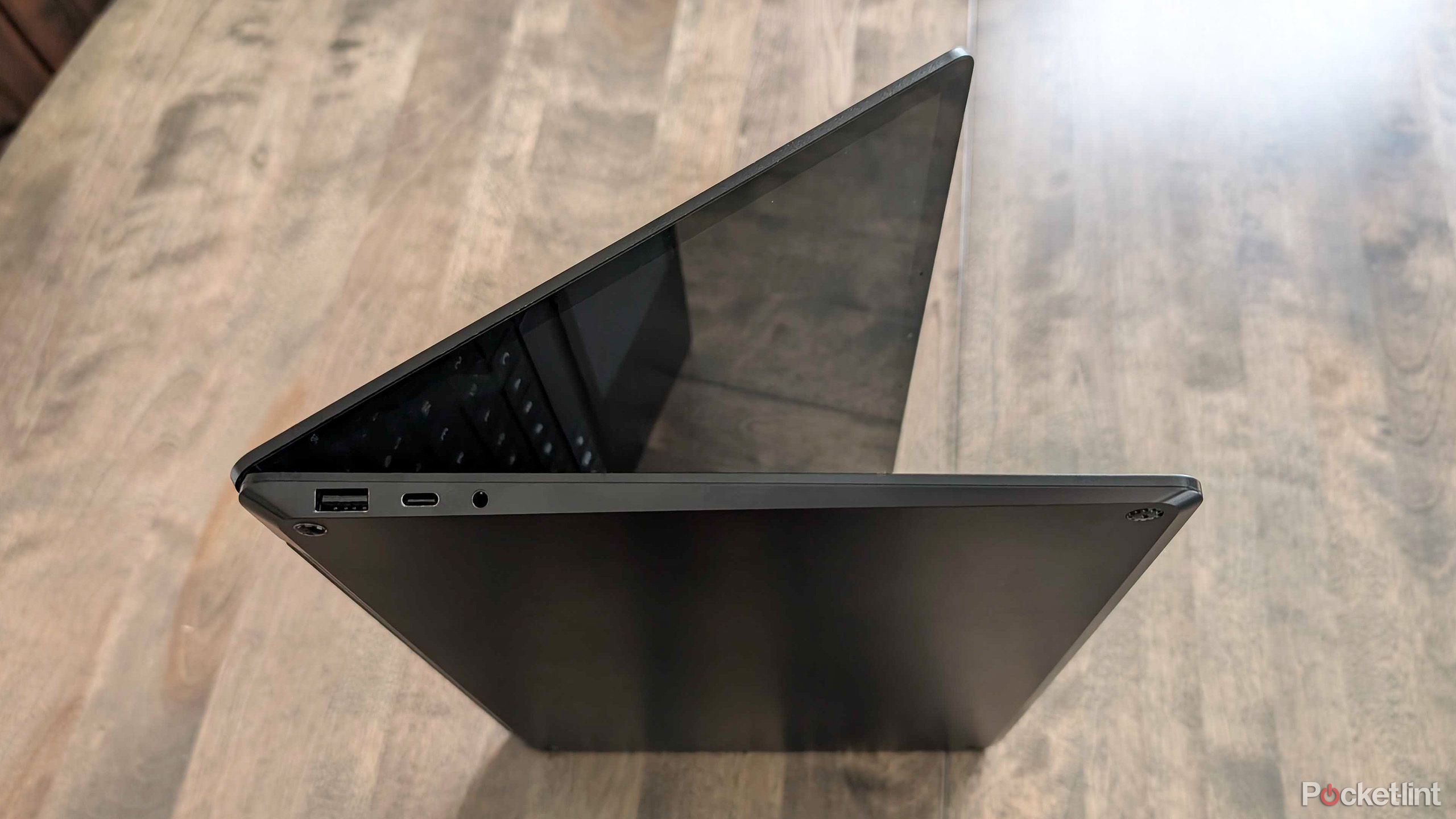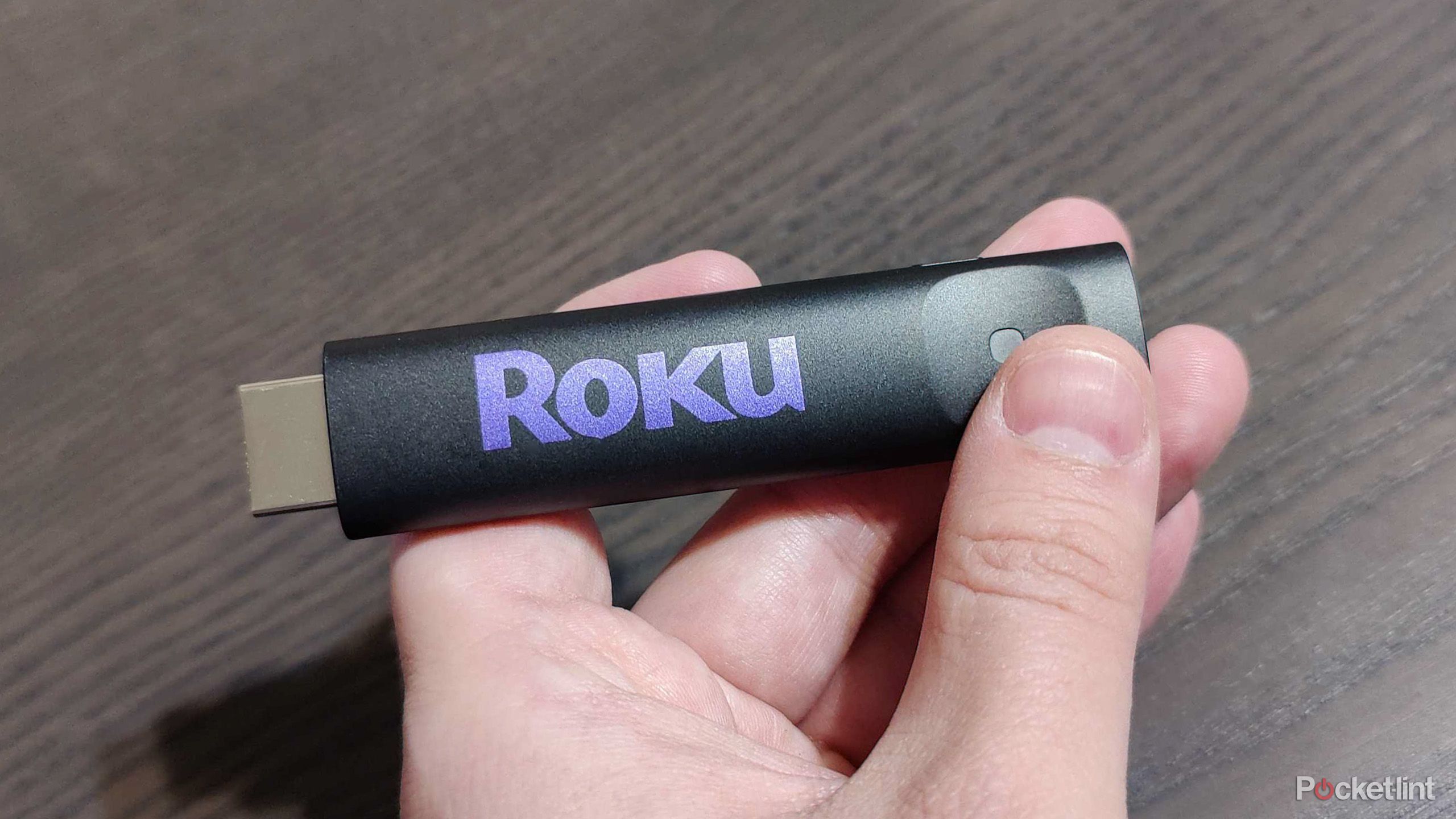Is it going to be easier to buy GPUs, consoles and more in 2022?
Over the last couple of years, the global chip shortage has wreaked havoc on the tech industry. We’ve seen shortages with all sorts of technology from graphics cards to the latest games consoles.
It’s often been impossible to buy these devices due to both a surge in demand and a semiconductor shortage. Combined these two things have led to issues with scalpers and overly inflated prices for our favourite devices. But are things set to change in the next year? Some seem to think so.
Supply may improve later this year
At CES 2022, some of the biggest tech brands revealed a number of new CPU and graphics card offerings. Nvidia revealed an entry-level RTX 3050 graphics card and also teased a new flagship GPU for later this year.
AMD also showed off a whole host of products including new mobile Radeon RX 6000 series GPUs and affordable desktop graphics cards. Intel too revealed more CPUs and the beginning of its efforts in the graphics card space.
But many have been cynical about whether these devices will be available at all or, if they are, whether they’ll be priced anywhere near the recommended retail price.
Nvidia though seems to think that things are going to change in 2022. Speaking recently at the JP Morgan Auto/Tech forum Colette Kress, Nvidia’s chief financial officer reassured listeners that 2022 is going to be a better year.
The claim is that Nvidia is working closely with its supply chain to ensure there are larger quantities of the necessary chips and graphics cards to meet demand.
“We are also partnering with our supply chains to assist in our future capacity needs in the second half of… 2022” Kress said.
This certainly sounds promising. Though not everyone agrees. Back in December 2021, Intel’s CEO Pat Gelsinger was in Malaysia visiting as part of the company’s announcement that it is investing $7.1 billion in expanding its manufacturing capabilities in the region.
At the time he spoke about the shortages issues:
“The overall semiconductor shortage is quite significant and the semiconductor industry was growing about 5% per year before COVID. COVID disrupted the supply chains, causing it to go negative…Demand exploded to 20% year-over-year and disrupted supply chains created a very large gap … and that exploding demand has persisted.”
Gelsinger expects that shortage to continue until at least 2023. Even with the investment in increased production, which could take a while to make a difference.
Things aren’t getting better for PlayStation either as a recent report suggested it may be just as hard to get hold of a PlayStation 5 going into 2022. Stock of the Nintendo Switch and Xbox Series X has been hit just as hard.
Why is there a chip shortage in the first place?
There are many reasons why there’s a semiconductor chip shortage at the moment. The most obvious one is the ongoing pandemic. COVID-19 has not only led to production problems with chip production facilities being shut during lockdowns but also a surge in demand too.
With more people working from home there has understandably been a massive increase in people looking to buy personal computers, networking peripherals and electronics generally. Kitting out your home office during the last year and more has been a tough endeavour.
As demand surged and shortages abounded, unscrupulous individuals also started setting up purchasing bots and scalping devices to resell for massive profits. As a result, prices skyrocketed and companies like EVGA were to forced implement a lottery system to help fairly distribute graphics cards, while retailers had to implement systems to stop scalpers and sell to real people.
These aren’t the only causes though. In 2020 the so-called China–United States trade war caused restrictions to be imposed on Semiconductor Manufacturing International Corporation – China’s largest chip manufacturer. Samsung and TSMC was tasked to pick up the slack but were already manufacturing at maximum capacity.
Various other factors including severe storms, factory fires and even a drought in Taiwan have led to global chip shortages.
Miners certainly haven’t helped when it comes to graphics cards. Bitcoin mining has been a bane on the GPU market for a while, with demand causing a surge in pricing and that’s continued over the shortage period.
Nvidia made some moves to alleviate this with Lite Hash Rate GPUs shipping to make them less appealing to miners, but still the trend has continued. All leading to misery for the consumer.
Change for the future
The companies that rely on the chips are making moves to handle the problem though.
Nvidia has made long-term supply commitments with a $6.9 billion investment in supply for 2022. Intel is spending big to expand its manufacturing capabilities and AMD has an agreement with GlobalFoundries to the tune of $2.1 billion for its wafer-supply from now until 2025.
Despite this, it seems that things aren’t going to change anytime soon. It’s not bad news for everyone though, as Samsung says its profits are up despite the shortage.




